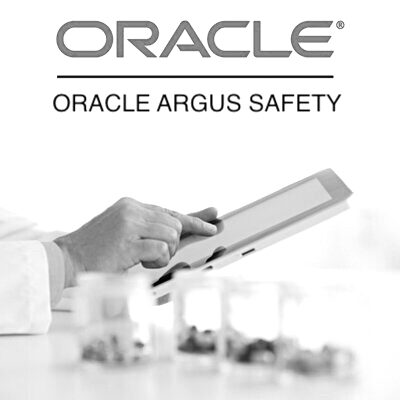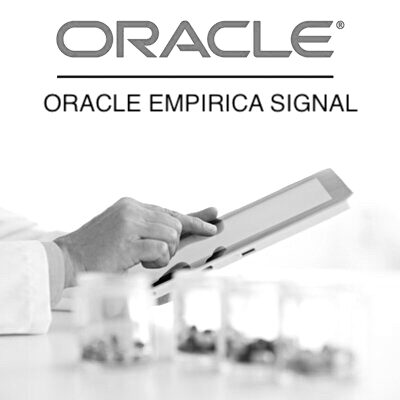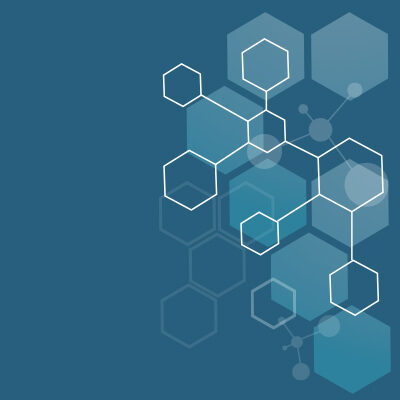Table of Contents
- Advent of Automation in Pharmacovigilance
- Understanding Pharmacovigilance
- The Shift towards Automation
- Applications of Automation in Pharmacovigilance
- Challenges and Considerations
- The Road Ahead
- Oracle Argus Safety Essentials
- Oracle Argus Safety Essentials + Console
- Oracle Argus Safety – Live Online
- Oracle Argus Safety + Console – Live Online
- Oracle Empirica Signal
- Oracle Empirica Signal – Live Online
- Diploma in Pharmacovigilance
- Argus Safety – Business Configuration and Administration
Advent of Automation in Pharmacovigilance
In the ever-evolving landscape of healthcare, the advent of automation has been nothing short of transformative. Among its myriad applications, one area that stands out is pharmacovigilance – the science and activities relating to the detection, assessment, understanding, and prevention of adverse effects or any other drug-related problems. As the pharmaceutical industry continues to expand and diversify, the demand for robust pharmacovigilance processes has surged, prompting a paradigm shift towards automation. In this blog, we delve into the significance, challenges, and promises of automation in pharmacovigilance.
Understanding Pharmacovigilance
Before delving into the realm of automation, it’s imperative to grasp the essence of pharmacovigilance. Traditionally, pharmacovigilance relied heavily on manual processes involving the collection, evaluation, and reporting of adverse drug reactions (ADRs). These reactions could range from mild side effects to severe complications, potentially affecting the safety profile of a drug. Given the vast amount of data generated from diverse sources such as clinical trials, post-marketing surveillance, and spontaneous reporting systems, the manual approach often proved to be labor-intensive, time-consuming, and prone to human errors.
The Shift towards Automation
Enter automation – a game-changer in the realm of pharmacovigilance. With advancements in technology, particularly in artificial intelligence (AI), machine learning (ML), and natural language processing (NLP), pharmaceutical companies are now leveraging automation to streamline their pharmacovigilance processes. Automation offers several advantages over manual methods, including:
- Efficiency: Automation significantly accelerates the processing of vast amounts of data, allowing for real-time monitoring and quicker identification of potential safety concerns.
- Accuracy: By reducing manual intervention, automation minimizes the risk of errors inherent in human-driven processes, thereby enhancing data accuracy and reliability.
- Scalability: Automation enables pharmacovigilance systems to scale effortlessly to handle growing volumes of data, ensuring robust surveillance across diverse therapeutic areas and geographies.
- Cost-effectiveness: While initial implementation costs may be incurred, automation ultimately leads to cost savings by optimizing resource utilization and reducing the need for manual labor.
Applications of Automation in Pharmacovigilance
The integration of automation into pharmacovigilance encompasses various facets of the drug safety continuum:
- Signal Detection: Automation algorithms analyze large datasets from sources such as electronic health records (EHRs), social media, and medical literature to detect potential signals of adverse events associated with specific drugs. These signals are then subjected to further investigation to ascertain causality.
- Adverse Event Reporting: Automated systems facilitate the seamless reporting of adverse events to regulatory authorities, ensuring compliance with pharmacovigilance regulations. These systems can generate standardized reports and streamline communication between stakeholders.
- Case Triage and Prioritization: Machine learning algorithms prioritize adverse event cases based on severity, enabling pharmacovigilance teams to focus their attention on critical issues requiring immediate intervention.
- Narrative Generation: Natural language processing techniques extract relevant information from unstructured narrative texts, such as patient medical records and physician notes, to populate adverse event case reports efficiently.
- Risk Assessment and Management: Automation aids in assessing the risk-benefit profiles of drugs by analyzing safety data in conjunction with efficacy information. This facilitates informed decision-making regarding drug approvals, label updates, and risk mitigation strategies.
Challenges and Considerations
While the potential benefits of automation in pharmacovigilance are undeniable, several challenges must be addressed to realize its full potential:
- Data Quality and Standardization: Automation relies heavily on the availability and quality of data. Ensuring standardized data formats and consistent data entry practices are essential to minimize errors and discrepancies.
- Regulatory Compliance: Regulatory agencies impose stringent requirements on pharmacovigilance activities, necessitating adherence to guidelines and standards in the development and implementation of automated systems.
- Ethical and Legal Implications: Automation raises ethical concerns regarding data privacy, patient confidentiality, and the responsible use of AI in decision-making. It is imperative to establish robust governance frameworks to address these concerns and uphold ethical principles.
- Human Oversight and Intervention: While automation streamlines processes, human oversight remains indispensable, particularly in complex decision-making scenarios and cases requiring clinical judgment.
The Road Ahead
As automation continues to permeate the fabric of pharmacovigilance, the future holds immense promise for enhancing drug safety and patient care. Leveraging emerging technologies such as blockchain and advanced analytics will further augment the capabilities of automated pharmacovigilance systems, enabling proactive risk management and personalized medicine approaches.
Moreover, collaboration and knowledge-sharing among stakeholders, including pharmaceutical companies, regulatory agencies, healthcare providers, and patients, are vital to harnessing the full potential of automation in pharmacovigilance. By fostering a culture of transparency, innovation, and continuous improvement, we can navigate the complexities of the modern healthcare landscape and ensure that patient safety remains paramount.
In conclusion, the advent of automation in pharmacovigilance heralds a new era of efficiency, accuracy, and scalability in safeguarding public health. By embracing automation technologies and addressing associated challenges proactively, we can pave the way for a brighter and safer future in healthcare.
You may be interested in…
-
 eLearning + software
eLearning + softwareOracle Argus Safety Essentials
$599.00 -
 eLearning + software
eLearning + softwareOracle Argus Safety Essentials + Console
$799.00 -
 Live Online
Live OnlineOracle Argus Safety – Live Online
$999.00 -
 Live Online
Live OnlineOracle Argus Safety + Console – Live Online
$999.00 -
 eLearning + software
eLearning + softwareOracle Empirica Signal
$599.00 -
 Live Online
Live OnlineOracle Empirica Signal – Live Online
$999.00 -
 eLearning + software
eLearning + softwareDiploma in Pharmacovigilance
$799.00 -
 eLearning + software
eLearning + softwareArgus Safety – Business Configuration and Administration
$599.00

